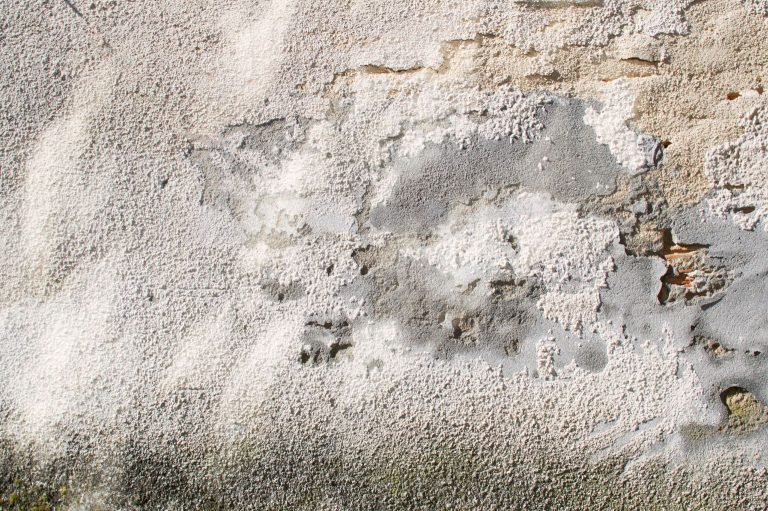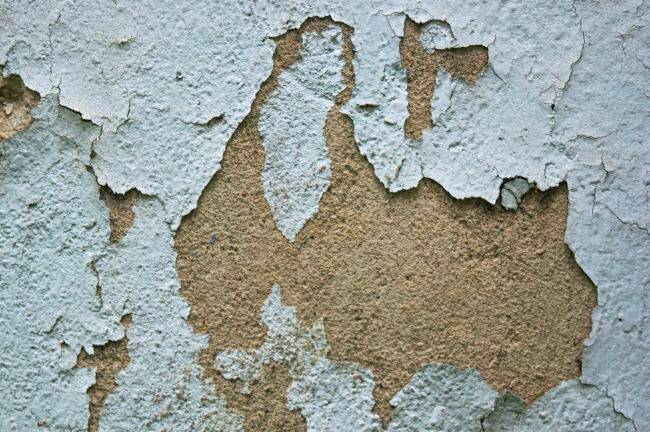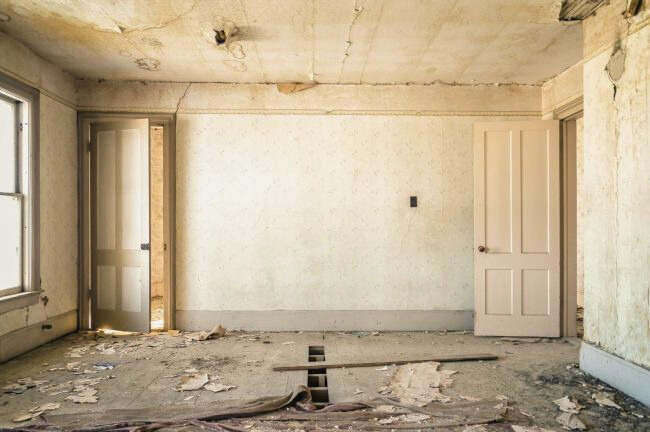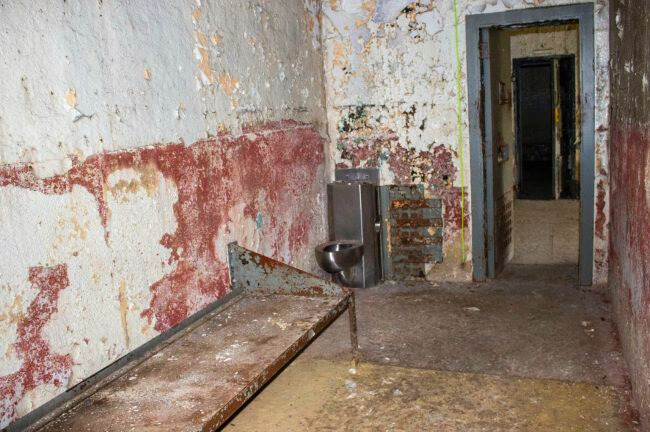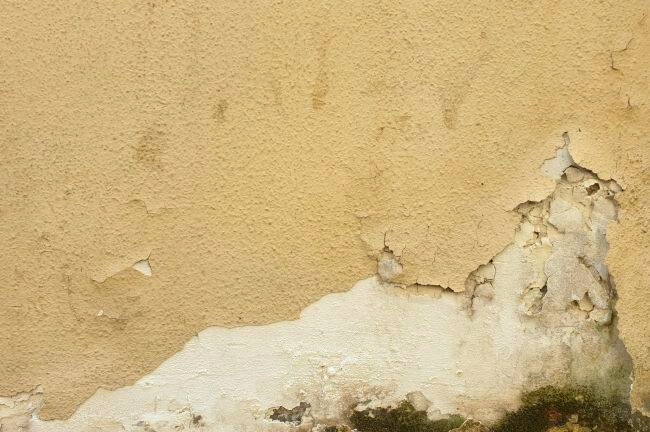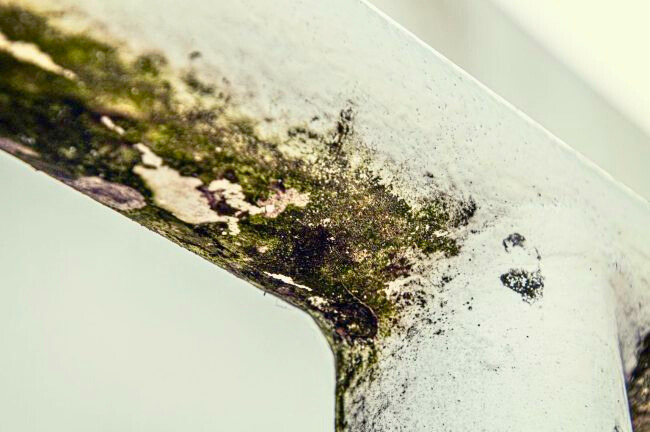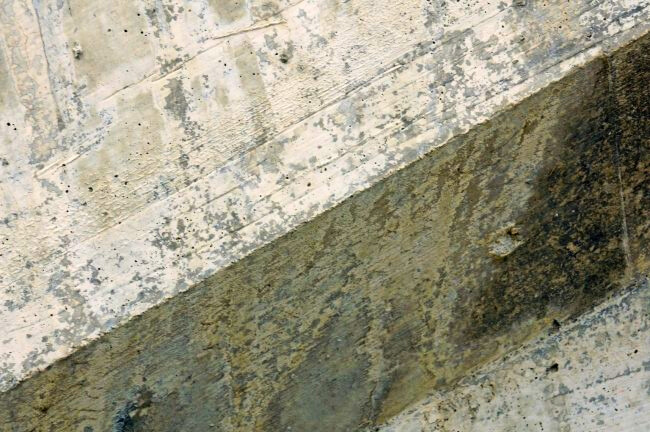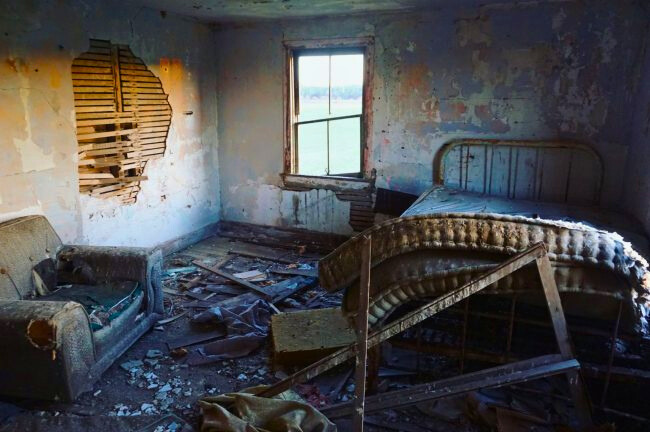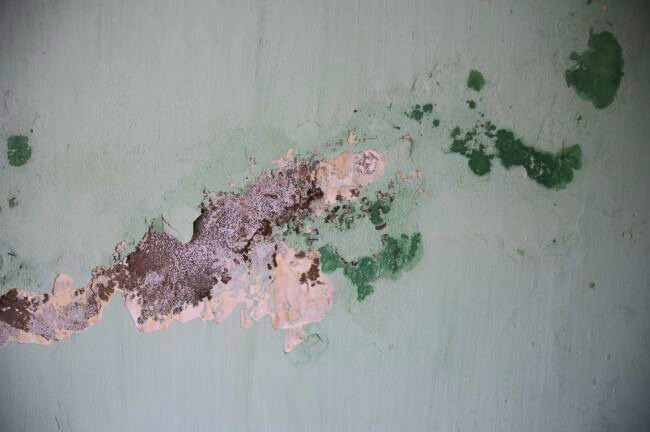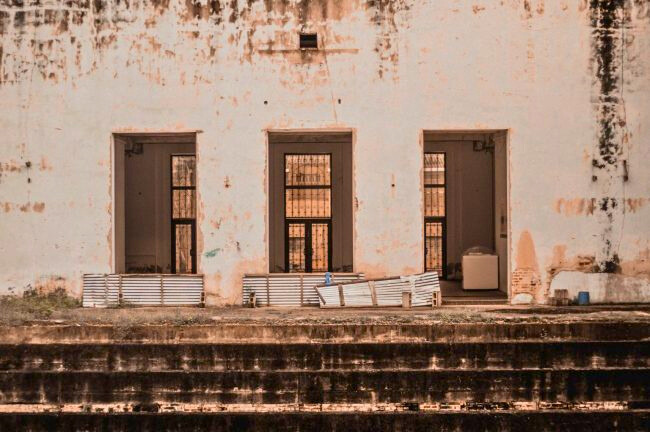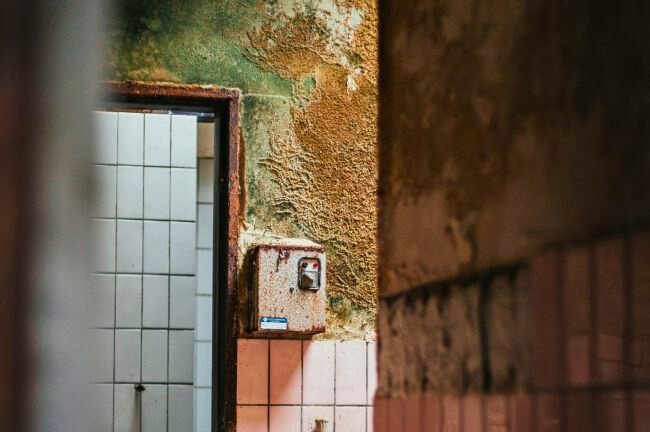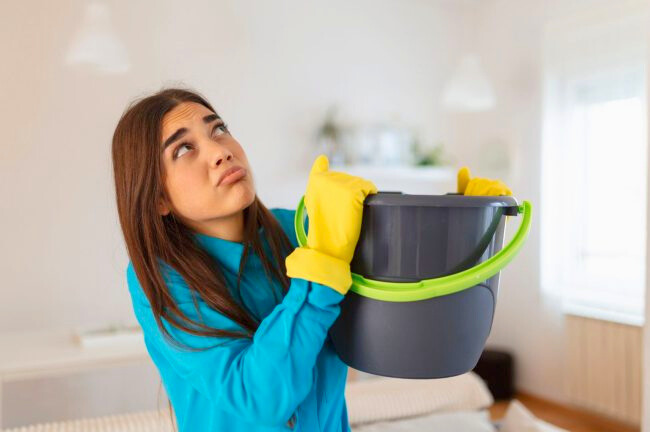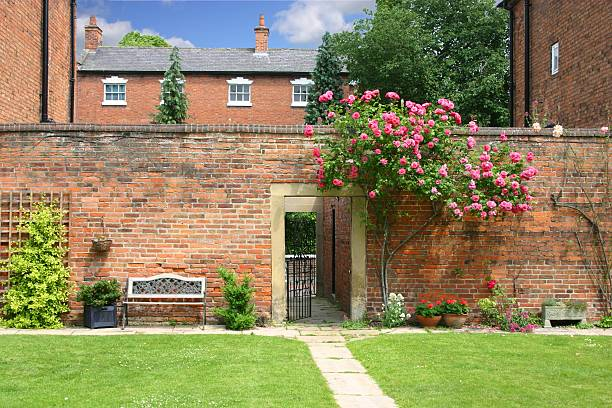Key Takeaways
Causes of Dampness: Dampness is a common issue in the UK, leading to foul odors, mold growth, and structural problems. Condensation, leaking pipes, damaged damp-proof courses, and water penetration from outside are common causes of dampness.
Identifying Types of Damp: Dampness can be classified into three common types: condensation, rising damp, and penetrating damp. Condensation is often due to poor ventilation and heating practices, leading to moisture on walls and ceilings. Rising damp starts from the ground and can cause various visible signs of damage. Penetrating damp is the result of water entering from the outside, leading to stains, mold, and structural problems.
Preventing Dampness in 2023: Dampness should not be taken lightly, even if only minor signs are present. Professional surveys can identify and address issues, preventing further damage and costly repairs.
Having moisture on the interior and exterior walls of a house has become a common issue in the United Kingdom. As a result of it, the walls do not look good, give rise to damp problems, to foul smells, make conditions more wet, and lead to mould. All of this is what we call dampness.
When dampness reaches a point where black mould also starts appearing on walls, it means things have now escalated. Although mould is a part of our natural earth, it has no place inside the houses, especially on the walls.
Dampness, in combination with mould, can cause severe damage to the house. It breaks down the material, whether of a wall or any other wooden house structure and makes things irreparable if the damage reaches a certain point.
Therefore, dampness must be prevented at all costs. There are many ways to do it, which we will discuss in this blog, but first, let’s find out what the real reason behind dampness is.
What Exactly Causes Damp?
Condensation. Yes, the common cause of dampness is condensation, and that starts to happen when the temperature of cold surface falls. As the fall in temperature during cold weather is noted, the level of condensation will rise, therefore giving rise to moisture, ultimately being the root cause of mould and dampness.
At a deeper level, condensation on cold walls takes place when droplets of water are created along the edges of the room windows, which spread along the surface of the walls adjacent to the windows. Thus, a favourable environment is formed for mould to appear on cold surfaces.
There are more causes that contribute to damp appearance. It can be anything from a leaking pipeline, lack of insulated walls, broken tiles on the roof, etc. Also, the damp-proof course might be damaged, which invites moisture and dampness to appear on the walls. Another reason for dampness could be the water penetration from the outside, maybe due to the blocked gutter or leaking window frame.
To kill the mould inside the house, heat can also kill the harmful bacteria. However, using heat will not completely eradicate the mould problem; it will just kill the germs. For complete eradication, damp proofing needs to be done, which a damp specialist can do.
What Type of Damp Does Your House Have?
It is not that hard to identify the type of dampness in a house. Identification requires getting to the depth of the cause, which will further allow us to find the remedy to the entire problem.
For example, the wet patch of the dampness of the chimney top might be due to the chimney stack leakage, a wet patch on the wall may be there because of gutter clogging, or window dampness can happen due to a damaged drip groove.
Therefore, it is the cause that needs to be identified, and the type of dampness can be easily classified. The common types of damps that occur the most in any house include dampness caused by condensation, rising dampness, and penetrating dampness. Here’s a little info on each:
1. Damp Caused by Condensation
It is the most common type and is caused by poor ventilation or heating arrangements in the house. When a lot of moisture and condensation occurs in the house because of various activities such as cooking, showering, drying clothes inside the house, etc., it gives rise to condensation and makes the inner surfaces of walls and ceilings cold and moist. That provides favourable conditions for dampness and mould to grow.
There’s more that can give birth to condensation, such as running water on window panels, which in turn can damage the window frames, of windows and even the adjacent walls.
2. Rising Damp
It starts from the ground up. The water enters the walls from the ground and moves in an upward direction via capillary action, therefore causing wet, damp patches on the entire wall. The signs that indicate rising dampness are decayed floors, peeling paint, stained plaster, damaged walls, bubbled surfaces of walls, etc.
Rising dampness is not that common compared to the dampness caused by condensation. It’s rare and does not show up because most houses have their damp-proofing course installed beforehand.
3. Penetrating Damp
In penetrating dampness, water entering from outside the building is the real cause. That water can be from the clogged guttering system, or maybe the pipeline outside is leaking, or even the cracked rendering can be the thing to blame. The leaking water moves inside the house through walls and leaves stains that give rise to mould and damp patches.
What Exactly is Penetrating Damp?
It’s basically when water from the outside finds its way into your home, causing all sorts of trouble. Now, this can happen for a bunch of reasons, like damaged joints, improperly installed windows and doors, jacked-up external walls and renderings, clogged gutters, leaky downpipes, or even a messed-up roof with missing or broken tiles. And, of course, if it rains, it just makes the situation worse.
So, why should you care about this? Well, because it can seriously mess up your building. When water starts getting in, you’ll notice some surface issues like stains and paint peeling. But the real trouble lies beneath the surface. You got things like wall ties getting corroded, timber lintels and floor joists starting to rot, which can lead to bad stuff like wet and dry rot. And that’s just the beginning. Your masonry can freeze up, causing the surface to crumble and stuff to peel off.
The penetrating, moist air, is more common in older houses, and it’s a real headache. So, keep an eye out for those signs, especially after a good rain – because you don’t want your home falling apart on you.
How Can You Fix Penetrating Damp?
First off, cleaning your gutters is a good starting point. It’s not the most glamorous job, but it needs to be done. All that gunk and leaves can clog up your gutters and cause problems. So, grab a ladder and a good scoop and get rid of that mess.
But sometimes cleaning isn’t enough. Your gutters might be in pretty bad shape, and if they’re all leaky or falling apart, it might be time to replace them. New gutters can save you from future headaches.
Also, the window sill dip grooves help rainwater slide off your window sill, so make sure to fix that, and it won’t mess up your house’s walls. If you notice they’re all clogged up, it’s time for a fix. Get in there, clean them out, the penetrating damp will be fixed.
What Exactly is Rising Damp?
Rising dampness is basically when groundwater makes its way up through a wall. Most walls are okay with a little bit of excess moisture though, and they will not get any water damage. Also, the damp-proof course will save them from that. The DPC is like a barrier that’s usually a horizontal strip made of plastic, bitumen, or slate right in the wall.
Almost all properties have this damp-proof course, which is installed when they build the wall, and its main job is to prevent rising damp and protect against rising dampness.
But if your wall doesn’t have this barrier or it’s not doing its job, that’s what causes a rising damp problem. And it’s not just on the wall; it can also happen when the ground outside your place is too high.
In What Way Can You Get Rid of Rising Damp?
Rising dampness is annoying. It is a severe problem that requires a specialised approach to fix everything that is wrong with your house. First up, you need to call a qualified damp surveyor and get your flat surveyed for all the areas where dampness is potentially present.
When professionals undertake a damp survey, they investigate the house at an intense level and perform various things such as moisture reading, identification of cause behind dampness, checking for leakages or damages, etc. And all of it is necessary because, in the end, they have to advise you how to remove damp from walls and other areas of the house.
With a survey, problems get easily outlined, and the surveyor will recommend various fixes, such as replacing the damp-proof course. An entirely new damp-proof course costs £ 1,000. Other fixes, such as fixing leaked pipes or replacing broken tiles, might cost a little less. So, whatever they suggest or is recommended based on the survey report must be done unless the problem of rising dampness will remain and might even get worse.
How to Prevent Damp Issues in 2023?
The answer to this is not so straightforward. It takes a very sharp eye and a cautious approach if you want to keep dampness from appearing at all in your house. Even if a tiny little wet patch appears on any of the walls of your house, things can go sideways, resulting in damp growth.
Therefore, do not take dampness lightly. Even if there’s a damp smell or a small patch on the wall, ceilings, or anywhere else, just call the professionals right away and get everything surveyed. Don’t worry if nothing comes out; what if it was something? At least your cautious approach will help you prevent dampness.
And, if something comes up in the survey, pay attention to it because it will take money to get it fixed. Getting it done right away will make sure no further damage is caused to the property, and you won’t have to spend an extra amount of money if the situation gets worse, which won’t be acted upon timely. So, that’s how you prevent excess moisture and dampness by staying proactive.
Final Thoughts on Damp Prevention
It’s tricky to prevent damp-related issues such as excess moisture, wetness on walls, and mould growth, but it is not impossible to do so. If the proper steps are taken, one can fight off dampness in one’s house and keep everything clean.
Even if you see signs of dampness in the house, there is always time to take action. Either by getting a damp survey done or bringing in the whole team of professionals who deal with all damp and mould-related issues, you can get rid of whatever seems alarming in your house.
Once you have caught the root cause behind the dampness, it will become easier to find the right solution. The professional you hire to clear moisture and for damp elimination will work on the solution and also provide you with tips for preventing things like this in the future. Therefore, make sure to note them and act accordingly.

